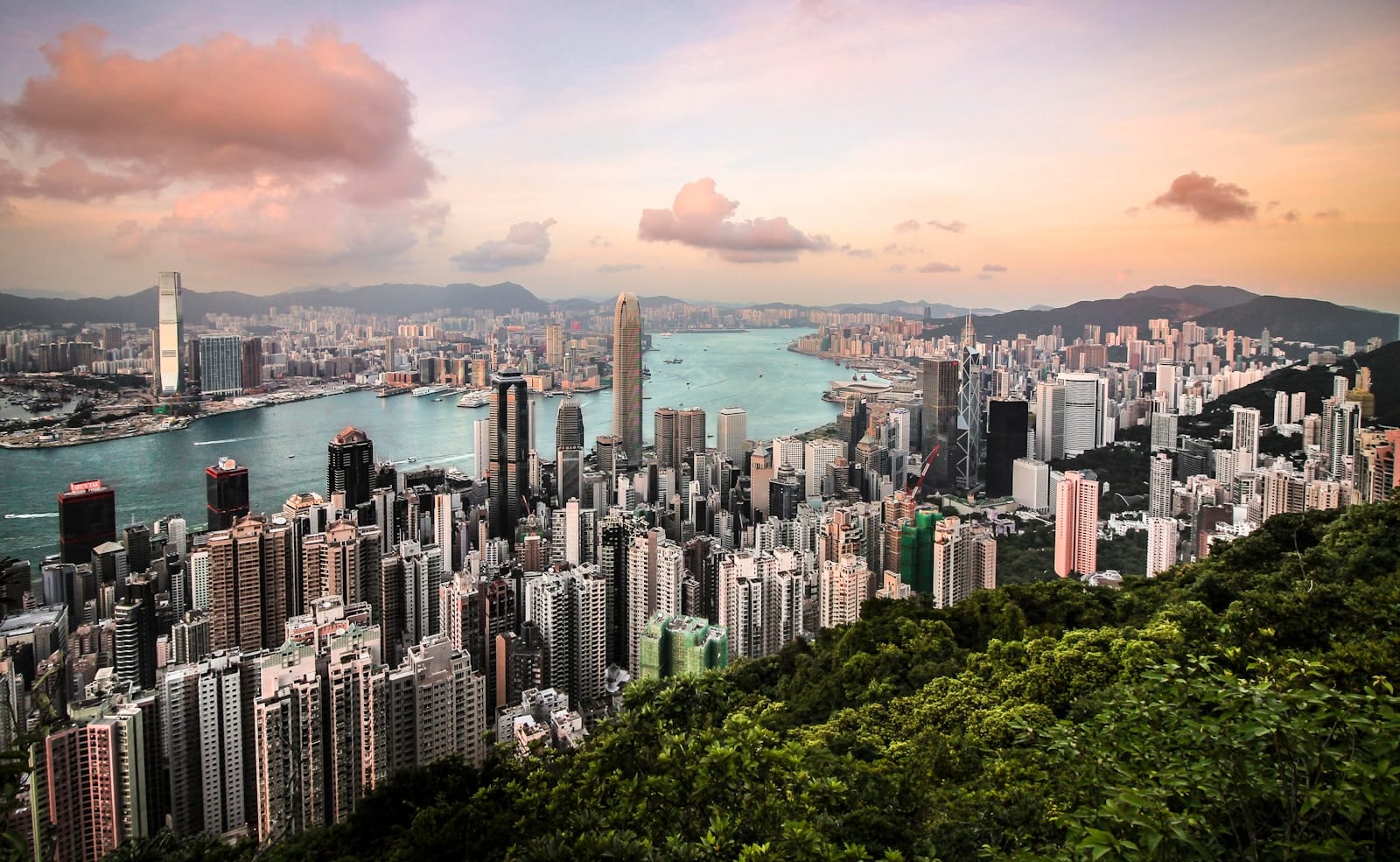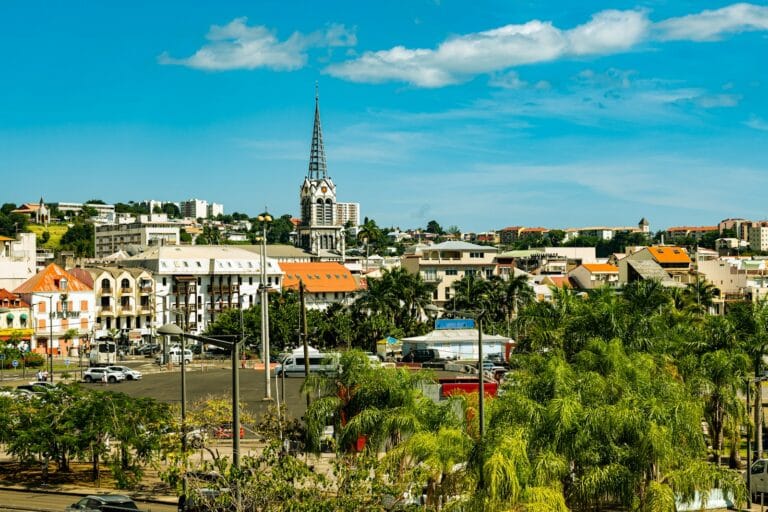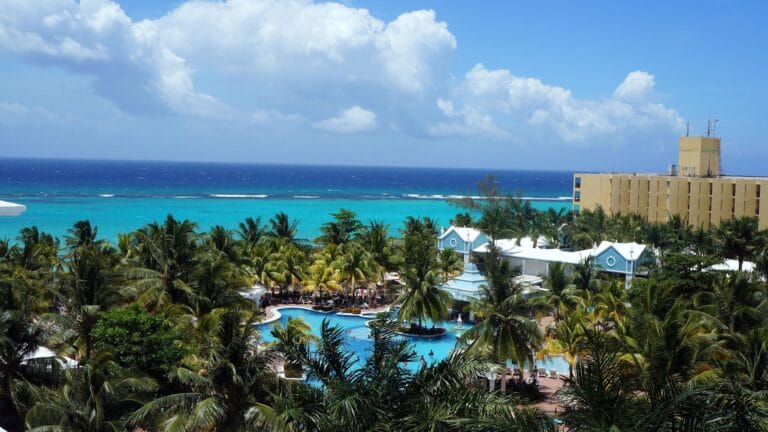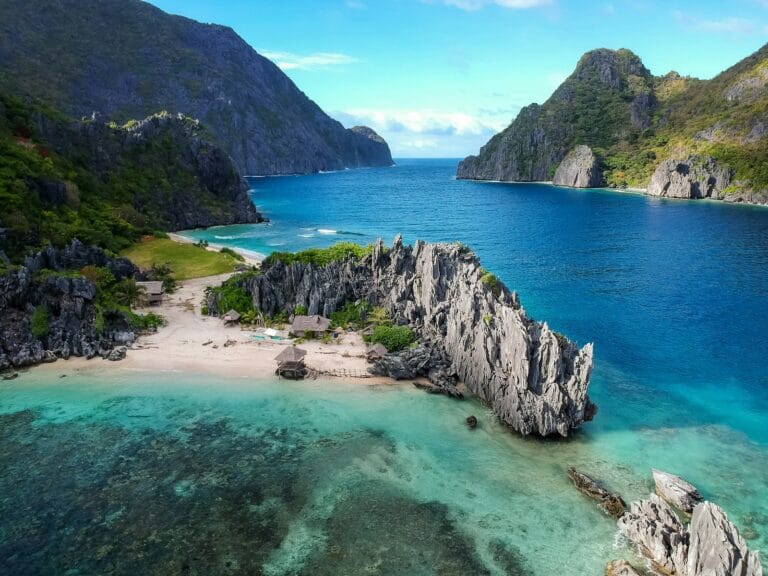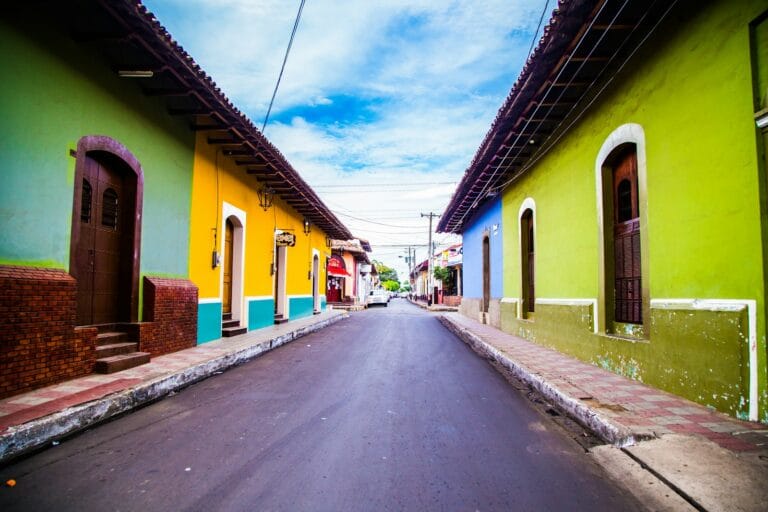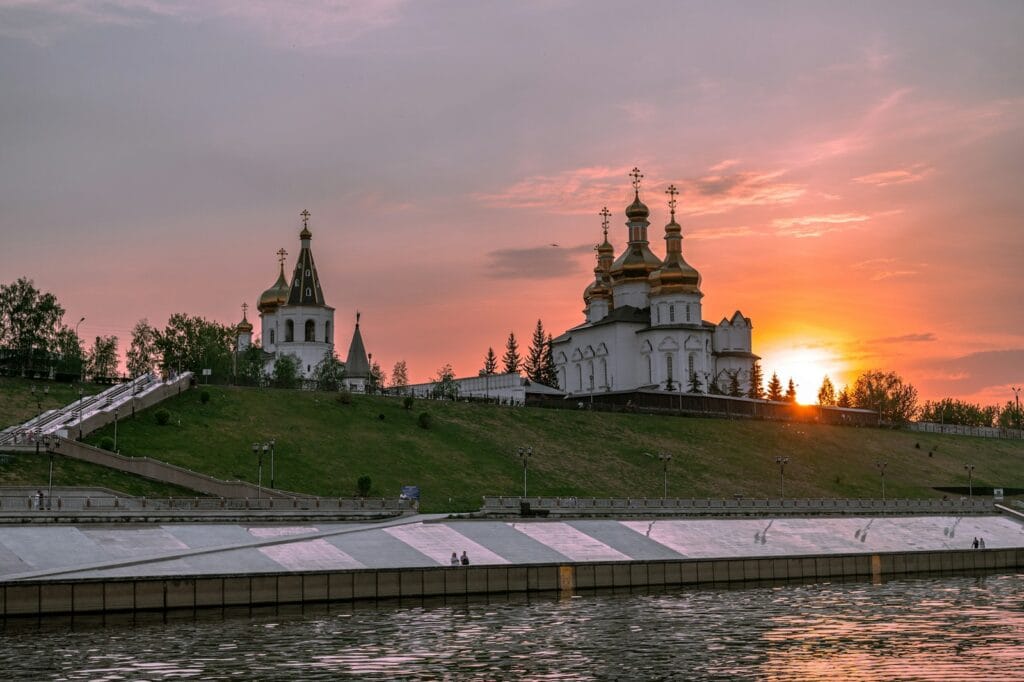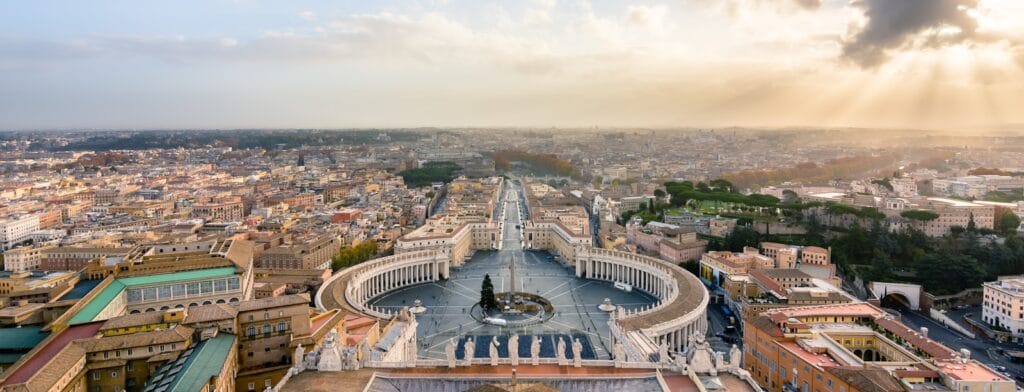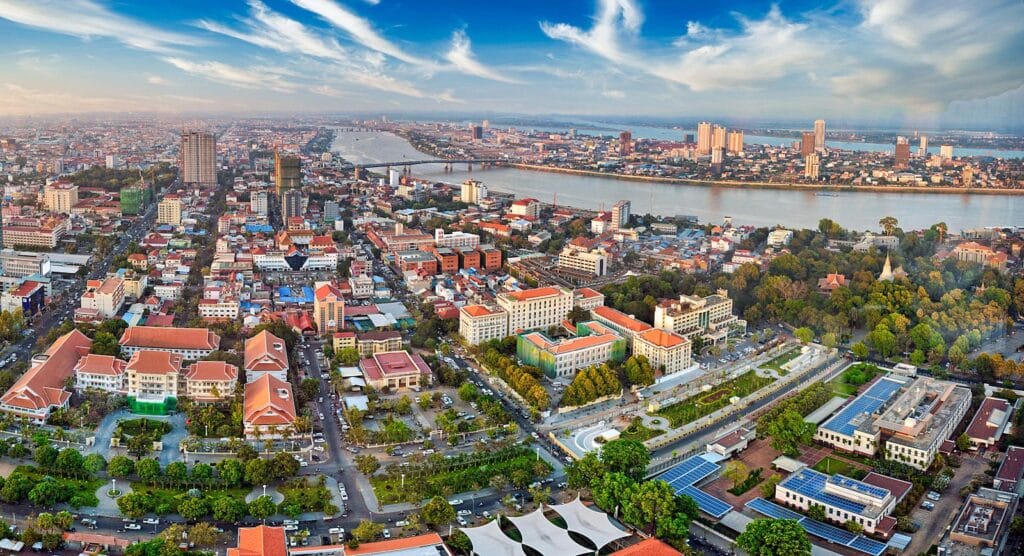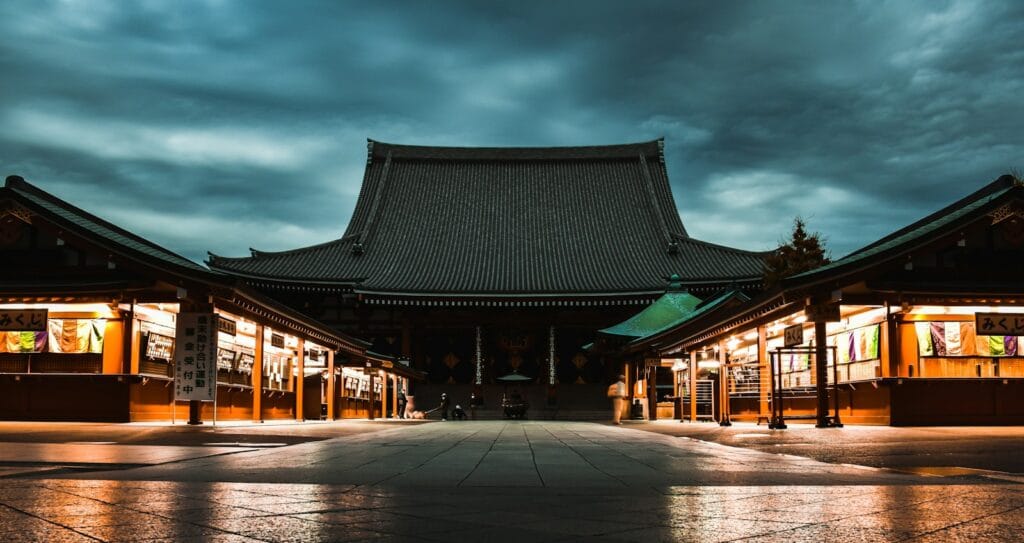Hong Kong Travel Guide: Iconic Skylines, Hidden Temples, and Urban Energy
Intro to Hong Kong Travel Guide
From futuristic skylines and neon-lit night markets to quiet hiking trails and floating fishing villages, Hong Kong delivers an exhilarating contrast of old and new. As a cultural and financial gateway between East and West, this compact city-state packs world-class attractions, rich Cantonese traditions, and jaw-dropping natural beauty into one unforgettable destination.
Start planning your trip with our complete Hong Kong travel guide — your trusted companion for navigating neighborhoods, experiences, and planning tips.
Continent: Asia
Country: China (Hong Kong SAR)
Area: 1,106 km² (427 mi²)
Population: ~7.3 million (2024 est.)
Density: ~6,600 people/km²
City: Hong Kong (Special Administrative Region)
Language(s): Chinese (Cantonese), English (both official)
Currency: Hong Kong Dollar (HKD)
Time Zone: GMT+8
Nearest Airport: Hong Kong International Airport (HKG)
Climate: Subtropical; hot, humid summers and mild winters
Known For: Skyscrapers, Victoria Harbour, shopping, dim sum, night markets, Peak Tram, finance hub
Visa-free for up to 90 days for citizens of 170+ countries, including U.S., UK, EU, Canada, Australia
E-Channel available for frequent travelers or APEC card holders
Passport must be valid for at least 1 month beyond stay
Visa Info – Hong Kong Immigration Dept
Recommended: Routine vaccines, Hepatitis A
Healthcare: World-class hospitals and clinics; private care is expensive without insurance
Travel health updates — get coverage here
Stay Informed with Official Updates: World Health Organization – International Travel and Health | Centers for Disease Control and Prevention – Global Travel Health
Generally very safe
Large demonstrations have occurred in recent years — check local alerts
Typhoon season: May–October — monitor weather warnings
Stay Informed with Official Updates: US Travel Advisory | UK Foreign Travel Advice
Jan/Feb: Lunar New Year (3 days)
Apr: Ching Ming Festival
May 1: Labour Day
Oct 1: National Day
Dec 25–26: Christmas
Dates vary based on lunar calendar — expect closures during Lunar New Year and Mid-Autumn Festival
Currency: Hong Kong Dollar (HKD)
Cards: Widely accepted; Octopus Card used for transit and convenience stores
Tipping: Not mandatory; 10% often included in bills
Duty-Free: 1L of spirits; limited cigarettes for personal use
Main Airport: Hong Kong International Airport (HKG)
Location: Chek Lap Kok, ~35 km from Central Hong Kong
Hub for Cathay Pacific and Hong Kong Airlines
2 runways; among the world’s busiest airports
Other access points include ferry terminals and cross-border land checkpoints from Mainland China.
MTR (Mass Transit Railway): Fast, clean, covers most of Hong Kong
Trams, buses, ferries: Iconic double-deckers and Star Ferry offer scenic rides
Octopus Card: Prepaid smartcard for all transport and many retailers
Taxis: Red (urban), green (New Territories), blue (Lantau Island)
SIM cards: Available at airport and convenience stores — CSL, Smartone, 3HK
Wi-Fi: Free at MTR stations, malls, hotels, and public parks
Coverage: Excellent city-wide, including most hiking trails and outlying islands
Drinking age: 18
No smoking in public indoor areas, including bars and restaurants
LGBTQ+ travelers: Legal and generally accepted; protections improving
Etiquette tip: Avoid public confrontation, respect elders, and queue politely
Emergency Number: 999
Tourist Police & Info: Available at major transport hubs
U.S. Consulate in Hong Kong: Website
Best time to visit: October–December (mild, dry, clear skies)
Hot & humid: May–September (typhoon risk in summer)
Coolest: January–February (can drop to ~10°C/50°F)
Weather Forecast
Hong Kong by Region – Where to Go
Though small in size, Hong Kong is geographically and culturally diverse, divided into three main regions and a scattering of outlying islands. Each offers a unique flavor of local life, from ultra-modern to quietly traditional.
Hong Kong Island
The economic and cultural heart of the city. It’s where colonial heritage meets contemporary luxury.
- Central – Home to towering skyscrapers, historic trams, and financial institutions. You’ll also find SoHo’s art galleries, cocktail bars, and the mid-levels escalator.
- Sheung Wan – Traditional medicine shops and antique stores line Hollywood Road, blending seamlessly with modern cafes and co-working spaces.
- Causeway Bay – A high-energy shopping and dining district. Known for mega-malls and Japanese department stores.
Kowloon
Across Victoria Harbour, Kowloon presents a grittier, more local slice of city life.
- Tsim Sha Tsui – Packed with museums, waterfront promenades, and rooftop bars with skyline views.
- Mong Kok – Bustling markets like Ladies’ Market and Goldfish Market, alongside famous street food stalls.
- Jordan & Yau Ma Tei – Historic Chinese opera houses, temples, and working-class charm.
New Territories
A quieter and more spacious side of Hong Kong, filled with hiking trails, walled villages, and temples.
- Sha Tin – Home to the 10,000 Buddhas Monastery and sprawling parks.
- Tai Po & Sai Kung – Traditional fishing villages, seafood markets, and coastal hiking routes like the MacLehose Trail.
- Tuen Mun – Beaches, mountains, and the start of some excellent cycling paths.
Outlying Islands
A ferry ride away, these islands showcase Hong Kong’s natural beauty and spiritual traditions.
- Lantau Island – Ride the Ngong Ping cable car to the Tian Tan Buddha, hike Lantau Peak, or visit Tai O fishing village.
- Lamma Island – Known for seafood restaurants and car-free hiking trails.
- Cheung Chau – A popular weekend getaway with temples, bike rentals, and beachside snacks.
Top Places to Visit in Hong Kong
Hong Kong’s top attractions blend culture, nature, shopping, and history. Here are standout places organized by experience type.
Cultural Capitals
- Man Mo Temple – One of the oldest temples in the city, filled with incense coils and lanterns.
- Chi Lin Nunnery & Nan Lian Garden – A serene Tang dynasty-style complex in Diamond Hill.
- PMQ (Police Married Quarters) – A design hub celebrating local creativity and revitalized heritage.
Nature Escapes
- Dragon’s Back Trail – A short, scenic ridge hike with ocean views and a beach at the end.
- Tai Mo Shan – The highest peak in Hong Kong, with panoramic views and misty mornings.
- Kadoorie Farm & Botanic Garden – A lesser-known nature reserve in the New Territories.
Historic Sites
- Victoria Peak (The Peak) – Ride the historic Peak Tram and enjoy panoramic skyline views.
- Ten Thousand Buddhas Monastery – A hillside trail lined with golden Buddha statues.
- Tai O Village – Stilt houses, dried seafood, and a disappearing way of life.
Island Adventures
- Lantau Island – Visit Ngong Ping Village and the Tian Tan Buddha.
- Cheung Chau – Try local buns, wander sleepy streets, or join the famous Bun Festival.
- Lamma Island – Peaceful beaches, easy hikes, and authentic island dining.
How to Choose Where to Go in Hong Kong
Hong Kong may seem like one big city, but each district tells a different story. Here’s how to decide where to focus:
- For first-timers: Split time between Central, Tsim Sha Tsui, and Lantau Island.
- For culture seekers: Add Sheung Wan, Mong Kok, and the New Territories to experience heritage temples and markets.
- For nature lovers: Hike the Dragon’s Back, explore Sai Kung’s beaches, or ferry to Lamma or Cheung Chau.
- For food-focused trips: Stay in Causeway Bay or Mong Kok for proximity to night markets and dai pai dongs.
- For slow travel: Choose an island base like Lamma or Cheung Chau and use ferries for day trips.
How to Get Around Hong Kong
Hong Kong has one of the most efficient and affordable public transport networks in the world.
- MTR (Mass Transit Railway) – Covers most of the city and runs frequently. Purchase an Octopus Card for seamless access.
- Buses & Minibuses – Extensive coverage of urban and rural areas.
- Trams (Ding Dings) – A charming and cheap way to explore Hong Kong Island.
- Star Ferry – The most scenic and iconic way to cross Victoria Harbour.
- Taxis & Ride-Hailing – Affordable, though English communication may be limited with drivers.
- Ferries to Outlying Islands – Depart regularly from Central Pier to Lantau, Lamma, Cheung Chau, and Peng Chau.
Apps like Citymapper, Google Maps, and HKTaxi make navigating easy.
Travel Budget & Costs in Hong Kong
Hong Kong can be affordable if you plan smartly, though it’s one of Asia’s pricier cities for accommodations.
Daily Budget Estimates:
- Budget: $50–$80/day
- Mid-range: $100–$180/day
- Luxury: $200+/day
Sample Costs:
- MTR ride: $0.50–$2.00
- Local meal (cha chaan teng): $5–$8
- Street food snack: $2–$4
- 3-star hotel: $80–$130/night
- Boutique hotel: $150+/night
Money-saving tips:
- Eat at local diners (cha chaan teng) instead of Western restaurants.
- Use an Octopus Card for discounted public transport.
- Visit free attractions like hiking trails, temples, and street markets.
Best Time to Visit Hong Kong
Hong Kong has a subtropical climate with distinct seasons and plenty of year-round activities.
- Autumn (October–December) – Best weather: sunny, low humidity, and clear skies.
- Spring (March–May) – Pleasant temperatures and blooming parks.
- Winter (January–February) – Cooler and drier; Lunar New Year is festive but crowded.
- Summer (June–September) – Hot, humid, and prone to typhoons. Great for indoor attractions and beach escapes.
Festivals to time your trip around:
- Lunar New Year (Jan–Feb)
- Dragon Boat Festival (June)
- Mid-Autumn Festival (Sept–Oct)
- Cheung Chau Bun Festival (May)
Must-See Experiences in Hong Kong
Looking for unforgettable things to do in Hong Kong? These signature experiences mix tradition, thrill, and discovery.
- Take the Peak Tram to Victoria Peak at sunset
- Hike the Dragon’s Back trail and end at Big Wave Bay Beach
- Eat egg waffles and fish balls in a night market
- Ride the Star Ferry across the harbor
- Visit the Tian Tan Buddha and Po Lin Monastery on Lantau
- Explore Kowloon’s street art and temple-filled backstreets
- Shop for jade, electronics, or knock-offs at Mong Kok’s markets
- Join a guided Hong Kong food tour for authentic culinary immersion
- Watch Symphony of Lights from Tsim Sha Tsui Promenade
- Take a junk boat cruise around Victoria Harbour at night
Include a few half-day Hong Kong tours and unforgettable things to do in Hong Kong to deepen your understanding of neighborhoods, food culture, and historical evolution.
Best Travel Itineraries in Hong Kong
3-Day Classic Itinerary
- Day 1: Explore Central, ride the Peak Tram, and enjoy a rooftop bar
- Day 2: Ferry to Lantau Island, visit Big Buddha, hike or cable car, return via ferry
- Day 3: Mong Kok street markets, Chi Lin Nunnery, and Kowloon waterfront
5-Day Urban + Island Combo
- Days 1–2: City highlights (Central, Tsim Sha Tsui, Victoria Peak)
- Day 3: Full day in Lantau (Ngong Ping, Tai O)
- Day 4: Cheung Chau or Lamma for hiking and seafood
- Day 5: New Territories exploration (Sai Kung or Tai Mo Shan)
7-Day Culture & Nature Tour
- Combine the 5-day itinerary with:
- Day 6: Dragon’s Back hike and beach day
- Day 7: PMQ, street food tour, and museum hopping in Kowloon
Each Hong Kong itinerary can be adapted to include more art, temples, or outdoor exploration depending on your pace.
Local Cuisine & Culinary Experiences
Eating in Hong Kong is a journey through Cantonese heritage, British influence, and global fusion.
Must-Try Dishes:
- Dim Sum – Visit Tim Ho Wan or Lin Heung Tea House for traditional bites.
- Char Siu – Barbecued pork glazed in sweet-savory sauce.
- Wonton Noodles – Often served with shrimp dumplings in broth.
- Roast Goose – Crispy, flavorful, and a delicacy in Tsim Sha Tsui.
- Hong Kong-style Milk Tea – Silky and strong, found at any cha chaan teng.
- Pineapple Bun – A sugary crusted bun often paired with butter.
- Egg Waffles – Crispy bubble-shaped treats sold at street stalls.
- Snake Soup & Herbal Teas – Found in traditional eateries with deep roots.
Taste your way through Hong Kong with guided food tours or DIY night market crawls. Explore Central, Sham Shui Po, and Mong Kok for the best diversity.
Travel Safety & Cultural Etiquette in Hong Kong
Hong Kong is generally very safe, with low crime rates and clean, organized streets. Still, a few considerations help smooth your trip.
Safety Tips:
- Avoid political protests or demonstrations, especially near government buildings.
- Pickpocketing is rare but still possible in crowded areas.
- Typhoons may disrupt summer travel; monitor weather updates.
Cultural Etiquette:
- Queue patiently for public transit or restaurants.
- Don’t speak loudly on trains or buses.
- Cover shoulders when visiting temples.
- Always offer or receive items with both hands.
- Tipping is not mandatory but appreciated at nicer restaurants.
English is widely spoken, especially in tourist areas, but Cantonese remains the primary language.
Where to Go Next – Pair Hong Kong with These Destinations
Hong Kong’s location makes it a gateway to Asia. Here are easy add-ons to extend your journey:
- Macau – A 1-hour ferry ride away, Macau blends Portuguese colonial streets with casino glamour.
- Taiwan – Direct flights to Taipei offer a mix of urban energy and mountain serenity.
- Vietnam – Fly to Hanoi or Ho Chi Minh City for street food, history, and heritage.
- Thailand – Bangkok’s temples and beaches are a short flight away.
- Mainland China – Guangzhou and Shenzhen are accessible via high-speed rail or ferry.
See our Travel Guide for more inspiration.
Final Planning Checklist for Hong Kong
- Finalize your itinerary with key districts and any day trips
- Reserve high-demand attractions (Peak Tram, Big Buddha cable car) in advance
- Purchase an Octopus Card for transit and convenience stores
- Download offline maps, MTR apps, and translation tools
- Check passport validity and visa requirements based on nationality
- Bring local currency (HKD) and a backup credit card
- Pack layered clothing and umbrella (weather shifts fast)
- Store copies of key documents digitally and in print
- Review cultural etiquette for temples and local dining
- Bookmark emergency numbers and nearest consulate location
Explore Hong Kong with Confidence
From glittering skylines to incense-filled temples, Hong Kong offers an experience that’s both thrilling and grounding. It’s a place where centuries-old traditions breathe within a futuristic cityscape — a travel destination unlike any other.
Explore Hong Kong with confidence using our trusted tips, local insights, and region-by-region planning tools.
For more expert travel tips, practical strategies, and trusted tools — visit our Homepage and get inspired for your next trip.

